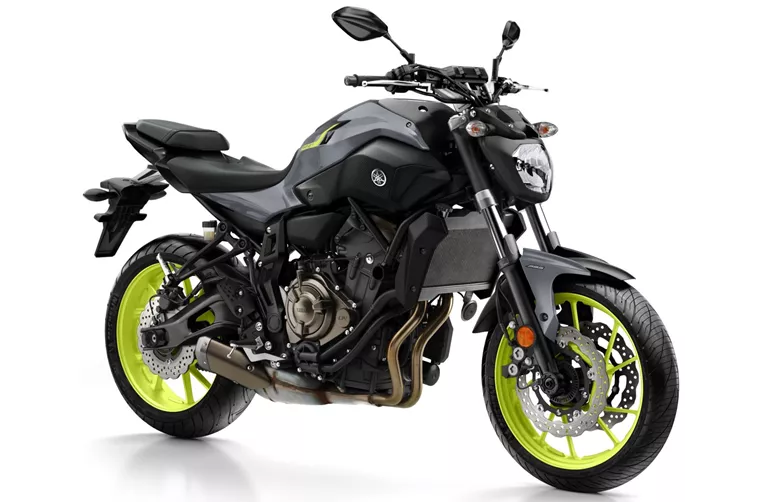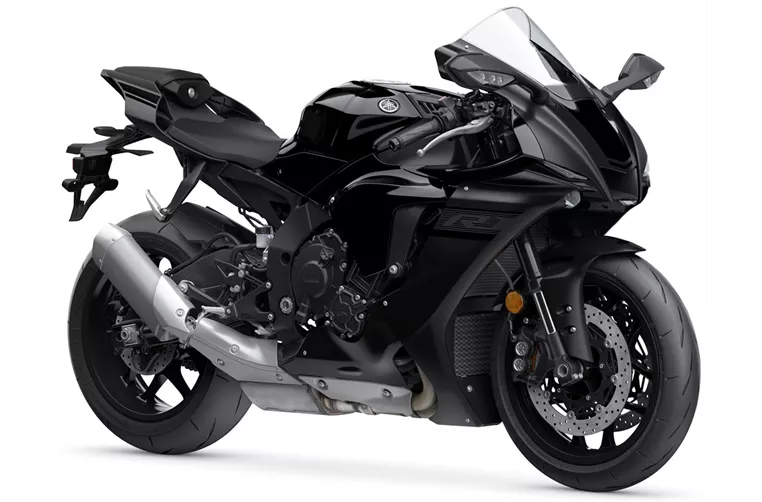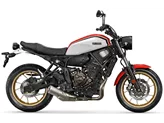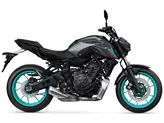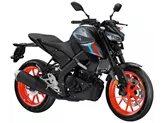Yamaha MT-07 2017 vs. Yamaha R1 2020

Yamaha MT-07 2017
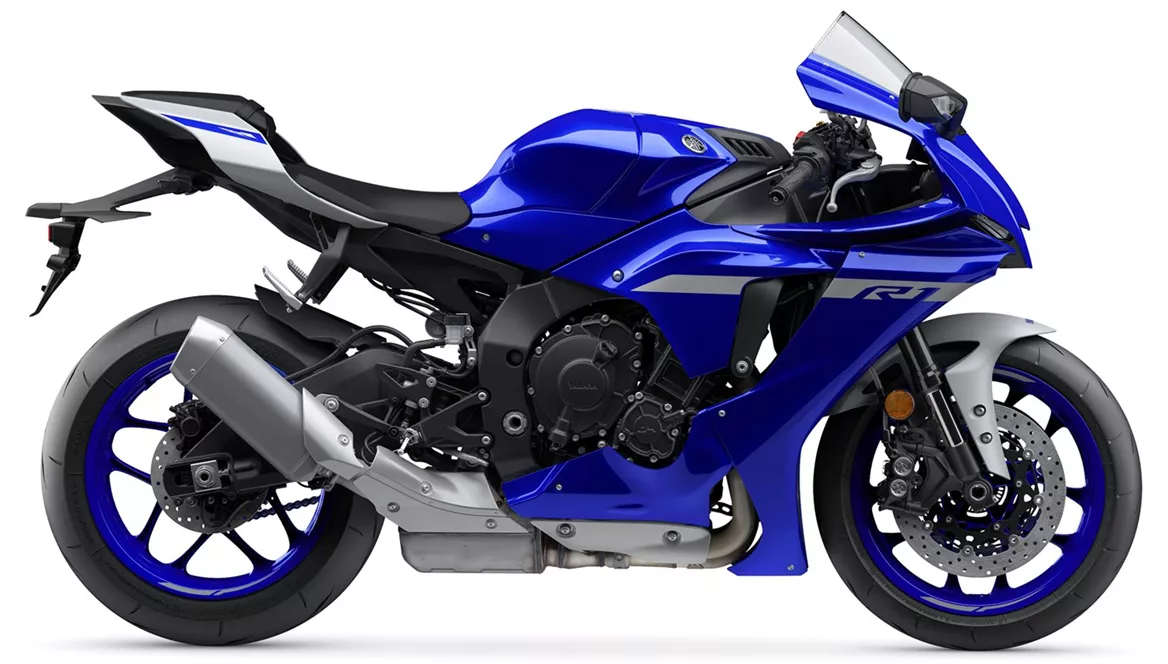
Yamaha R1 2020
Overview - Yamaha MT-07 2017 vs Yamaha R1 2020
The Yamaha MT-07 2017 and the Yamaha R1 2020 are two motorcycles from Yamaha that cater to different types of riders. The MT-07 is a naked bike, while the R1 is a supersport bike. Let's compare these two models based on their technical specifications and strengths and weaknesses.
In terms of engine and drive train, the Yamaha MT-07 2017 is equipped with a 689cc engine that produces 75 horsepower and 68 Nm of torque. It has a compression ratio of 11.5 and features a liquid cooling system. The R1 2020, on the other hand, boasts a more powerful 998cc engine that delivers 200 horsepower and 112.4 Nm of torque. It has a higher compression ratio of 13 and also features a liquid cooling system. Both models have 4 cylinders and 4 valves per cylinder, with a DOHC configuration.
When it comes to suspension, the MT-07 2017 is equipped with a telescopic fork at the front, while the R1 2020 features an upside-down telescopic fork. The R1's front suspension is more advanced and offers better performance. In terms of chassis, the MT-07 2017 has a steel frame, while the R1 2020 features an aluminum frame. The aluminum frame of the R1 provides better stability and handling.
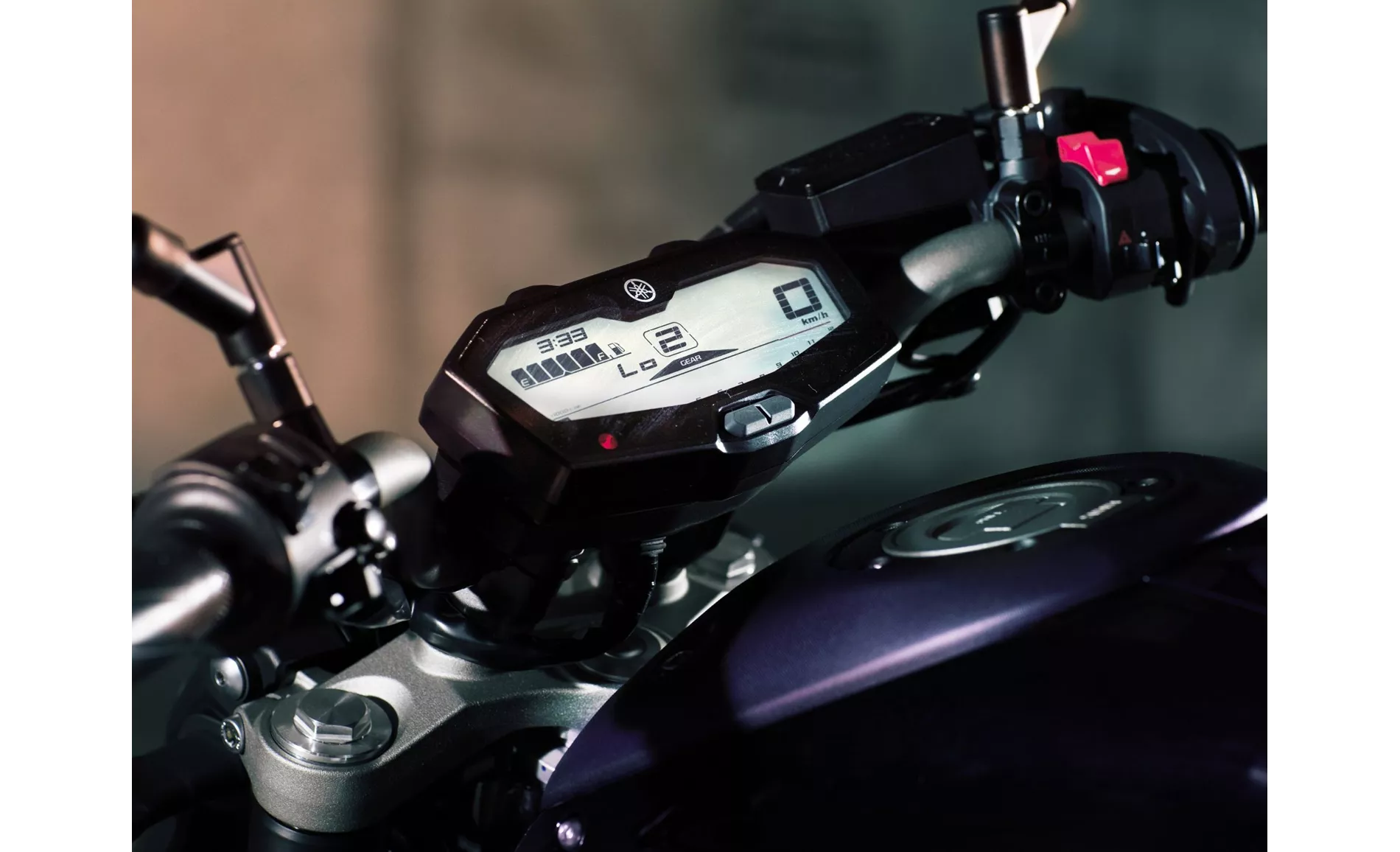
Yamaha MT-07 2017
Both models have double disk brakes at the front, but the R1 2020 has a slight weakness in its brakes, which are not 100 per cent satisfactory on the race track. This could be a concern for riders who prioritize track performance.
In terms of dimensions and weights, the two models have similar front tire width and diameter, but the R1 2020 has a wider rear tire width of 190mm compared to the MT-07 2017's 180mm. The R1 also has a slightly longer wheelbase of 1405mm compared to the MT-07's 1400mm. The seat height of the R1 is also higher at 855mm compared to the MT-07's 805mm. The R1 2020 is slightly heavier with a kerb weight of 199kg compared to the MT-07 2017's 182kg. Additionally, the R1 has a larger fuel tank capacity of 17 liters compared to the MT-07's 14 liters.
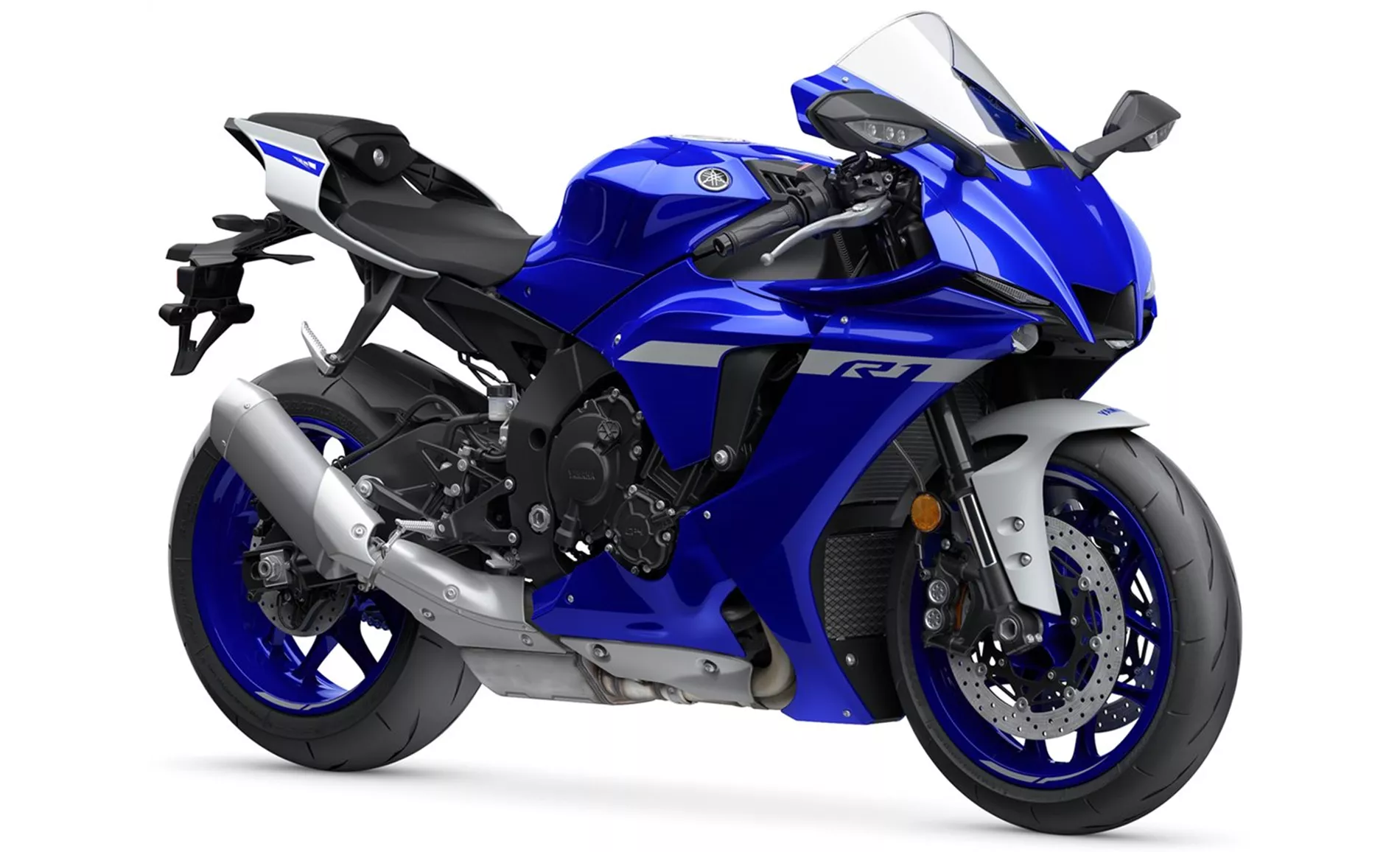
Yamaha R1 2020
In terms of strengths, the Yamaha MT-07 2017 is praised for its great motor, easy-to-read display, and low price. On the other hand, the Yamaha R1 2020 is commended for its powerful engine, clean response, great but not intrusive sound, stable chassis, high-quality electronics, and wonderfully noble overall impression.
In terms of weaknesses, the MT-07 2017 is criticized for having a chassis that is too soft, which may affect its handling and stability. The R1 2020 has a weakness in its brakes, which may not be completely satisfactory on the race track.
In conclusion, the Yamaha MT-07 2017 and the Yamaha R1 2020 are two distinct motorcycles with different characteristics and target riders. The MT-07 offers a more affordable option with a decent engine, while the R1 provides a more powerful and performance-oriented experience. Riders should consider their priorities and preferences when choosing between these two models.
Technical Specifications Yamaha MT-07 2017 compared to Yamaha R1 2020
Pros and Cons in comparison
Pros and Cons in comparison
Yamaha MT-07 2017
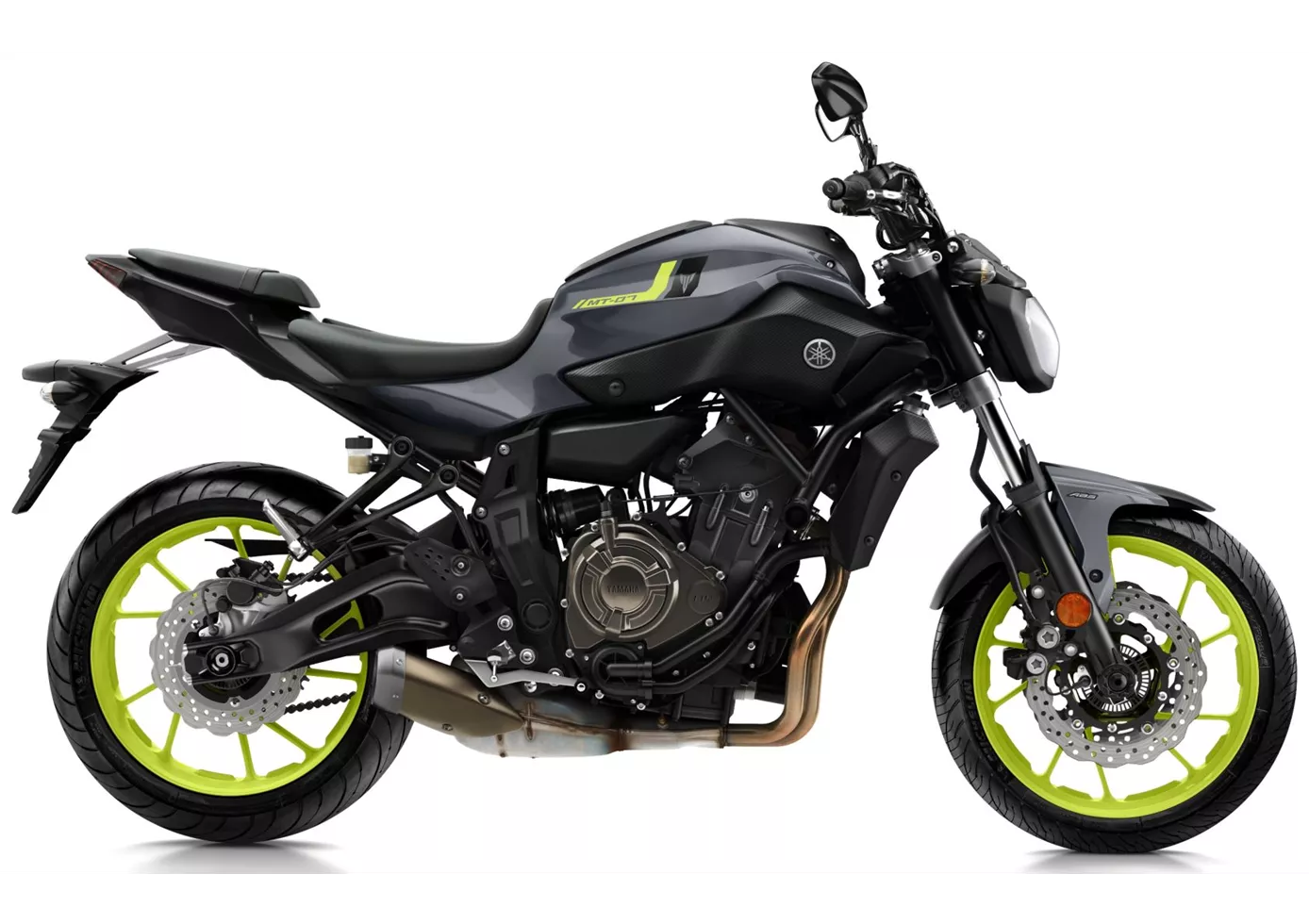
Even after three years, the Yamaha MT-07 is still a public favourite. No one else beats such a price-performance ratio. The two-cylinder engine is powerful, but can be dosed very gently at low revs. The display is also one of the best in this class, with good readability. Only the chassis is disappointing. In a sporty riding style, it is simply too soft, which can cause the MT-07 to sway.
Yamaha R1 2020
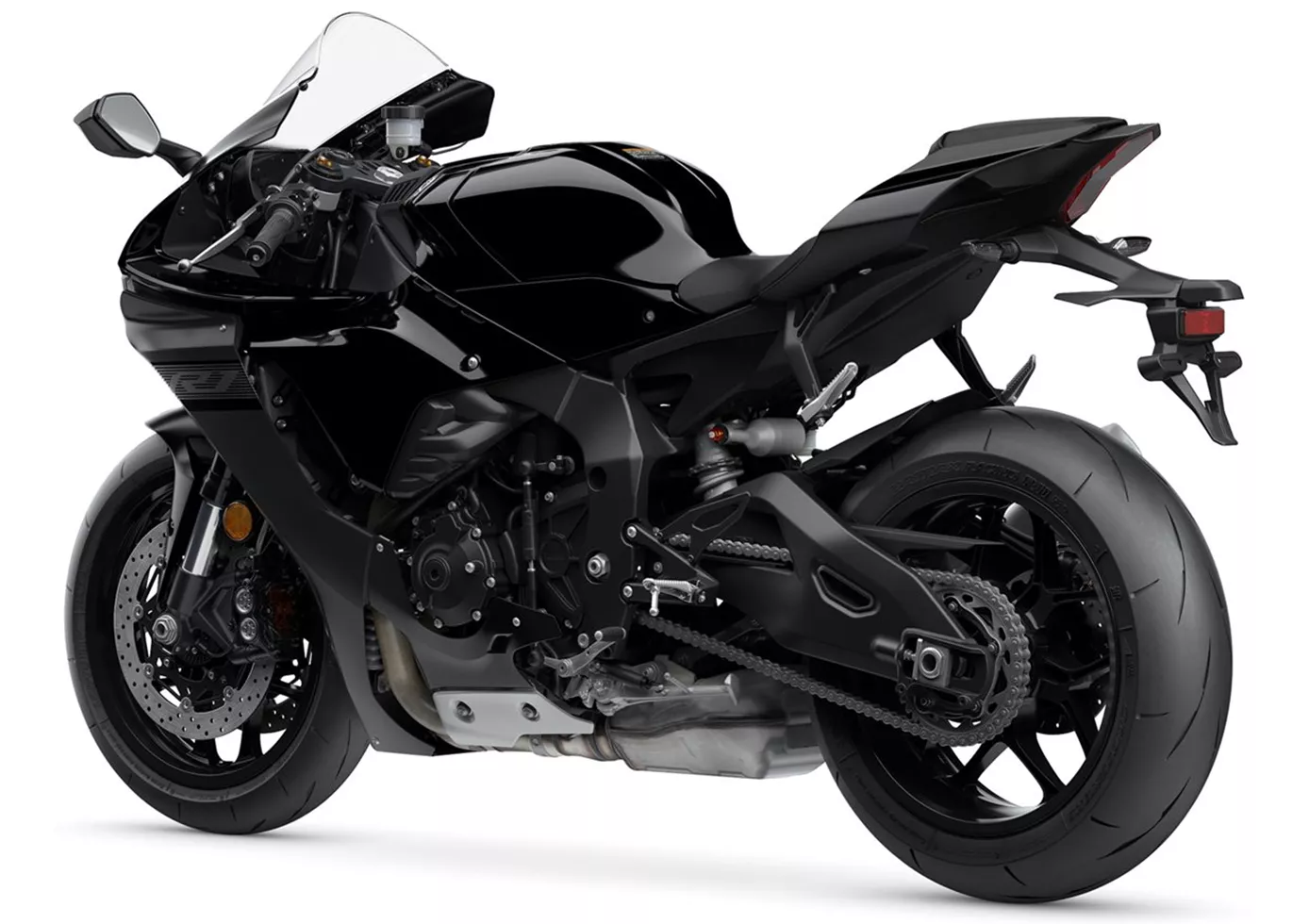
The Yamaha YZF-R1 is mature and makes countless racetrack pilots happy. The engine shines with lightness and agility, the seating position surprises positively and the handling is radical but still "suitable for the masses". The machine immediately stands out visually and also because of the heart-warming sound. Especially on the country road, the bike scores with its well-known strengths: great engine, great electronics, great package! A real pleasure to ride!
Price Comparison Avarage Market Price Yamaha MT-07 vs Yamaha R1
There are a few key differences between a Yamaha MT-07 2017 and a Yamaha R1 2020. In terms of price, the actual average price of a Yamaha R1 2020 is about 221% higher. A Yamaha MT-07 2017 experiences a loss of 240 USD in one year of ownership. This is offset by a loss of 1,240 USD for a Yamaha R1 2020. Compared to Yamaha R1 2020 there are more Yamaha MT-07 2017 bikes available on the 1000PS.de Marketplace, specifically 20 compared to 9. It takes less time to sell a Yamaha MT-07 with 83 days compared to 86 days for a Yamaha R1. Since model year 2013 1000PS.de editors have written 69 reviews for the Yamaha MT-07 and 80 reviews for the Yamaha R1 since model year 2005. The first review for the Yamaha MT-07 was published on 11/4/2013 and now has more than 12,600 views. This compares to more than 3,900 views for the first review on Yamaha R1 published on 4/28/2003.
